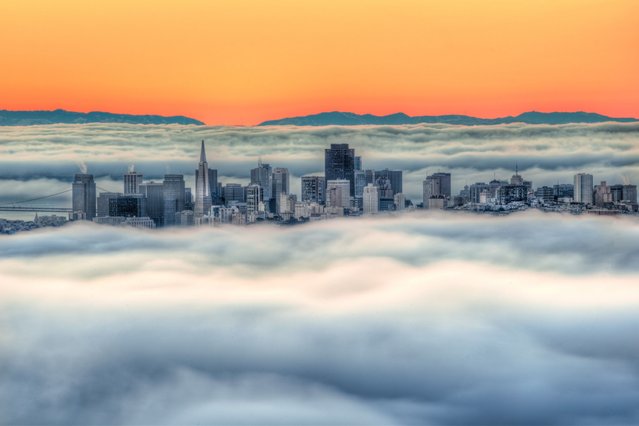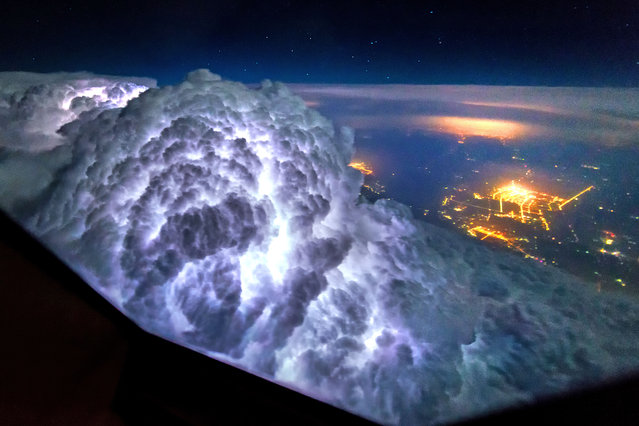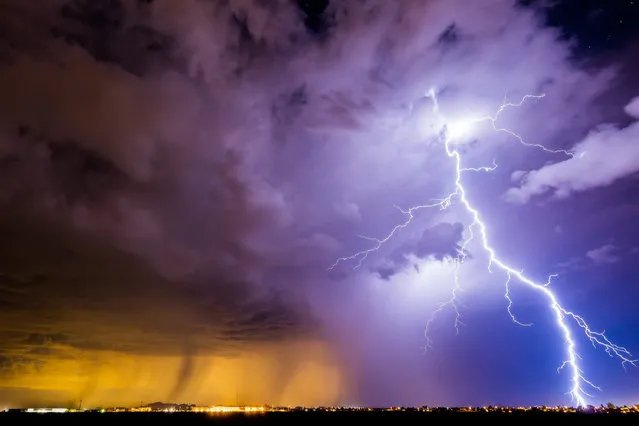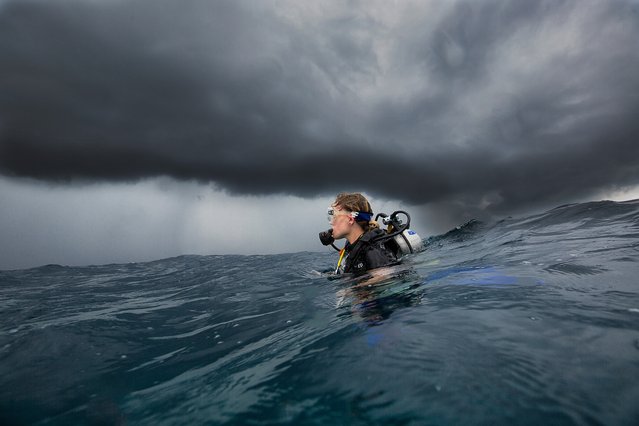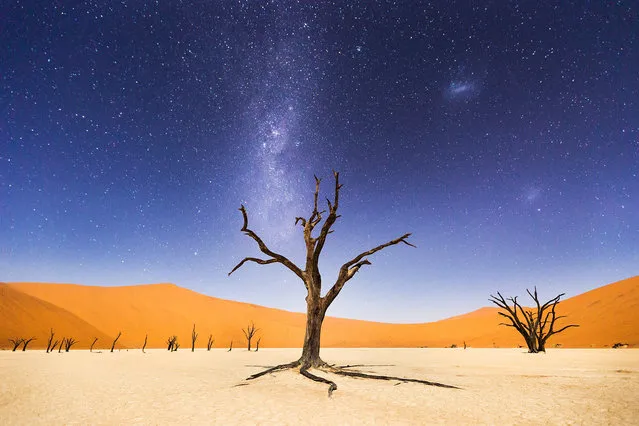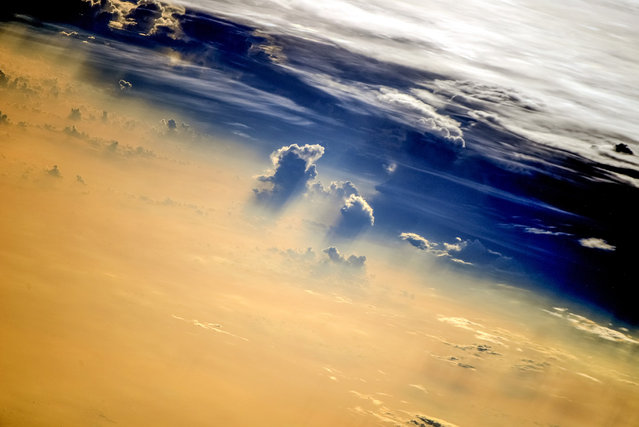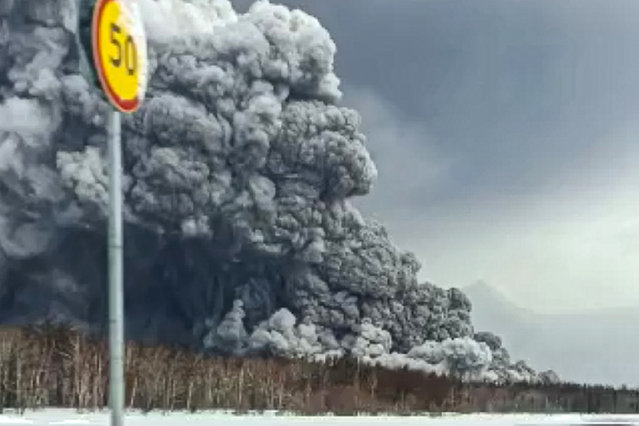
Smoke and ash are visible during the the Shiveluch volcano's eruption on the Kamchatka Peninsula in Russia, Tuesday, April 11, 2023. Shiveluch, one of Russia's most active volcanoes, erupted Tuesday, spewing clouds of ash 20 kilometers into the sky and covering broad areas with ash. (Photo by Alexander Ledyayev via AP Photo)
27 May 2023 03:08:00,post received
0 comments

